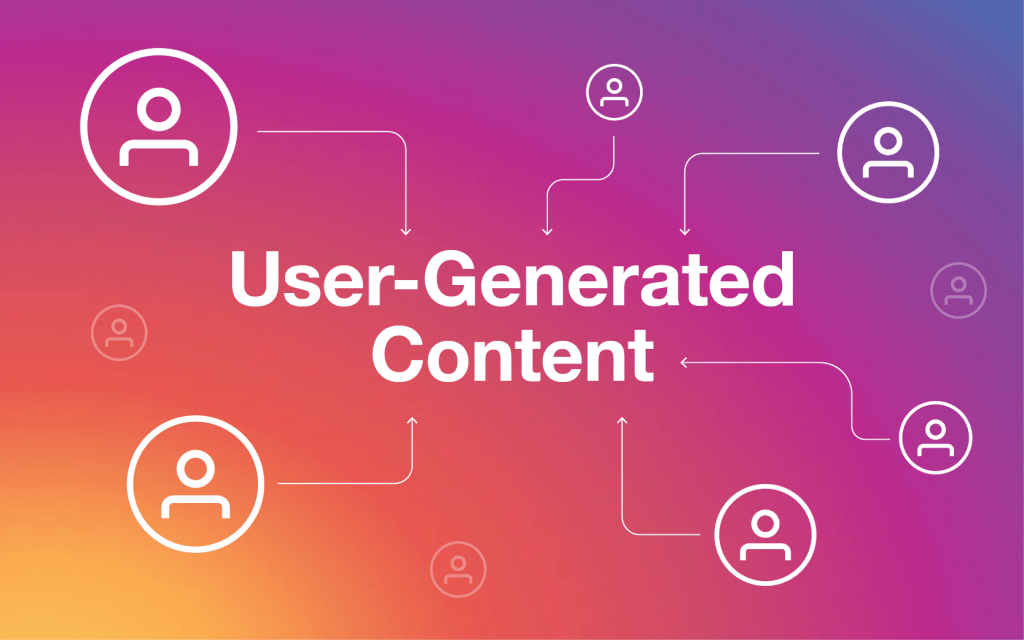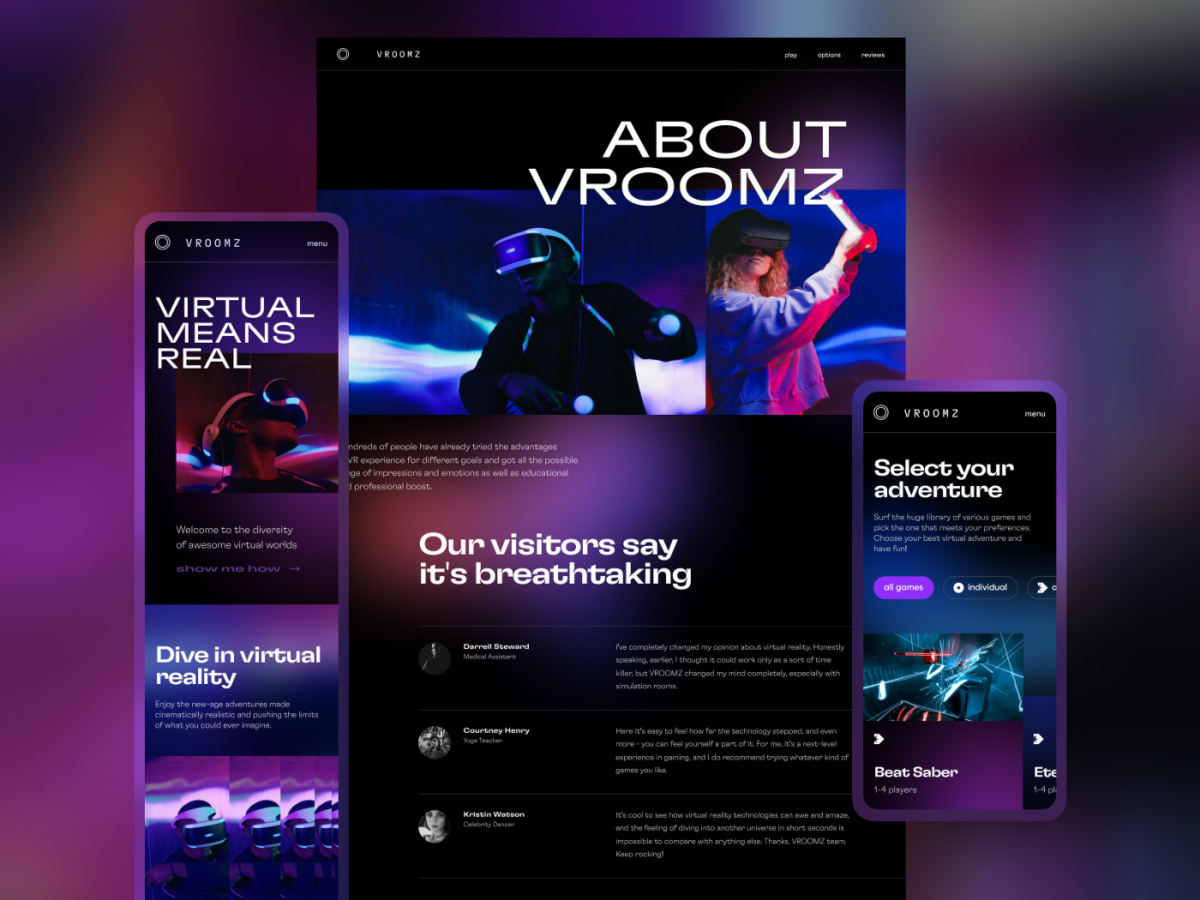Web design is a highly-nuanced process, and if you want to have the best website in your industry and build a powerful brand presence, you need to invest in a top-notch web design team. Of course, there are many popular platforms that allow you to create templated websites quickly and affordably, but there’s no denying that professional web design is well-worth the investment.
For one, expert web designers make sure to weave all brand elements into the design, as well as key values like sustainability, equality, integrity, and more. But beyond that, a professional web designer will use the best aspects of universal, inclusive, and equity-focused design to create a truly unique experience for your brand and its customers.
Let’s delve deeper into these three design concepts to help you build and optimize a winning company website in 2022.
What is Universal Design?
As the name implies, universal design is built on the premise that the design must make the environment (in this case, the website) accessible to all people. Regardless of age, gender, race, disabilities, or any other factors, every user needs to be able to access and understand your website as easily as anyone else.
Universal web design is a fundamental element of good web design. Keep in mind that ensuring website accessibility practices for SEO are also an important step toward online visibility, awareness, and trust. The more accessible your website is to a large online audience, the more relevant it will be in the search results.
With that in mind, the key elements of this design approach that you need on your site are:
- Equitable use
- Flexibility in use
- Simple and intuitive
- Perceptible information
- Tolerance for error
- Low effort to complete an action
- Adequate space and size for ease of use
Minimalist websites with simple and straightforward user roadmaps are excellent examples of universal designs.
What is Inclusive Design?
Inclusive design shares many features and concepts with universal design, but is more geared towards user groups that are generally not able to use the same interface or web environment. The foundational element of inclusive design is diversity, focusing on the users with special needs and excluded groups.
Just like you would build an inclusive employer brand with an emphasis on diversity, for example, you should strive to create an inclusive website experience. Inclusivity is also portrayed through the site’s products and services that focus on these user groups.
Some of the most well-known websites and companies focusing on inclusive design include online craft marketplaces like Amazon Handmade and Etsy, with entire product categories and landing pages geared towards improving the quality of life of these target groups. When you’re designing your own website, make sure to:
- Seek out points of exclusion for various user groups during the ideation and design processes
- Identify any situational challenges when certain users aren’t use your site as intended
- Involve people from different communities to avoid personal biases
- Offer people different ways to interact with your site (transcription, audio recordings, voice commands)
- Provide equal experiences for all inclusive groups
What is Equity-Focused Design?
The third design concept you should be aware of is equity-centered design, the practice of actively involving minoritized groups into your web design process. This design process is actively influenced by minorities and traditionally excluded groups, defining the end result and bringing a unique website structure and experience to life.
One of the key reasons why equity-centered website design matters so much is because it helps define your brand identity, support equity and equality, and sends a powerful message to the world. Equity-centered design is a great tool for minority-run and minority-focused brands, especially NGOs and non-profit organizations.
To include equity-focused design in your web design (and long-term optimization) process, make sure to:
- Identify excluded minority groups
- Build cultural awareness
- Build trust among these communities
- Involve minority representatives and gather feedback
- Continue meeting the needs of minority groups as they evolve
You may not be able to do all of this yourself, in which case you’ll need to rely on a professional web design service such as Pearl Lemon Web. When hiring a design firm, it’s essential to spell out your inclusivity and equity goals, as well as your product details, without assuming they’ll understand your goals even if they’re experienced in this field. Everyone’s expression of values is different.
Combining the Three in Your Design Process
By now it’s pretty obvious that all three design principles have a place in modern web design. Depending on a variety of factors unique to your brand and business model, you will need to include all three at partly into your web design process. Keep in mind that these principles are instrumental in long-term web maintenance and optimization, as your needs and the needs of your users continue to evolve.
To combine these design principles into a well-rounded approach, you will need:
- To find web designers experienced in universal, inclusive, and equity-centered design
- To use a rich UI kit to create mockups quickly and keep the process moving forward
- To conduct meticulous industry, market, and audience research
- To identify target user groups and create a detailed user roadmap
- To build upon the universal design with inclusive features and equity-focused solutions
Needless to say, the process of combining the three will require rigorous testing and tweaking, even after launch. Some brands will focus more on equity design while others will center on a universal approach, and finding your balance between all three will also be an iterative process.
Monitoring Performance and Optimizing
Speaking of testing and tweaking, keep in mind that web design is a continuous process and that there are no cookie-cutter solutions when it comes to these design principles. Make sure to devote time and effort to UX measurement as well as UI analysis by monitoring user behavior and assessing how accessible your website is to your key user demographics.
You can avoid personal and professional biases by eliciting feedback from your users through surveys and UX questionnaires, as well as quick pop-ups and direct messages focusing on feedback collection. User feedback coupled with your web analytics and behavior data and metrics will give you a comprehensive overview of your website’s performance in the eyes of your target demographic.
Needless to say, this is the only way for your website to meet the evolving needs of your audience.
Wrapping Up
The way you approach the design of your website can make or break your brand in the competitive digital landscape. While you can always save up by creating a templated website, it pays to invest in a professional design team or a single web design expert to weave these design concepts into the process.
By combining the key elements of universal, inclusive, and equity designs, you can build a website that will quickly become the most impactful site in your industry.
- 5 Steps for Great Ecommerce UX Throughout the Funnel - January 16, 2024
- Designing Intuitive Payment Flows for Enhanced User Experience - October 31, 2023
- Gamification in UX Design: Enhancing User Experience and Engagement - September 26, 2023
![]() Give feedback about this article
Give feedback about this article
Were sorry to hear about that, give us a chance to improve.








